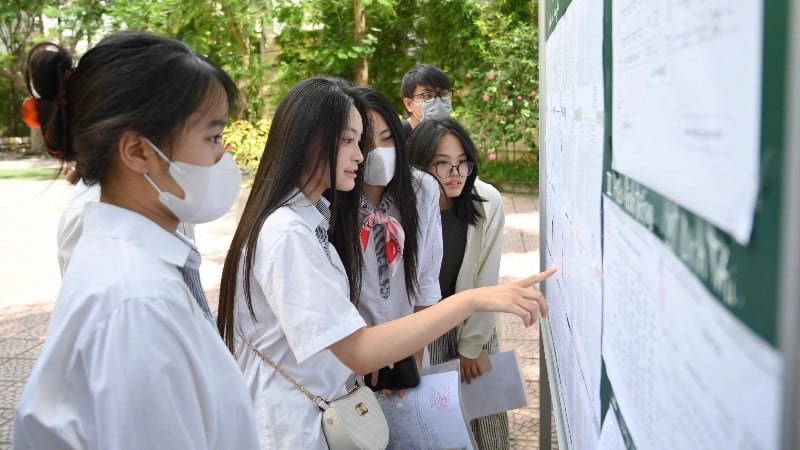
On July 1, the Ministry of Education and Training informed about the organization of the 2025 High School Graduation Exam. Accordingly, the Ministry of Education and Training affirmed that the exam meets the objectives set out in Resolution 29: "Accurately assessing students' abilities, serving as a basis for vocational education and university education admissions".
To achieve that goal, this year’s exam was designed to increase the number of differentiating questions. In previous years, the exam had few questions to classify students, causing difficulties in enrollment, forcing many highereducation institutions to organize their own exams, causing costs and wasting social resources.
The content of the exam is part of the 2018 General Education Program, not exceeding the program's requirements. The required thinking level ratio (related to difficulty level): closely follows the published reference questions; has differentiation and is based on test results in three regions.
In addition, there are some information about the difficulty of the exam, especially for Math and English, which can come from many reasons. However, we need to wait for the exam results to be able to clearly determine.
In order to meet the requirements of Resolution 29, Conclusion No. 91 of the Central Committee and the challenges posed to the exam work of the 2025 High School Graduation Exam, the exam has undergone many adjustments. Although the exam format and the direction of adjusting the exam work have been announced since 2023, because this is the first year of implementation according to the new exam format structure, it is inevitable that teachers and students will be confused with this year's exam.
In order to meet the requirements of Resolution 29 on fundamental and comprehensive innovation in education and training, the Ministry of Education and Training has developed a structure for the exam format and announced it from the end of 2023. This exam format structure helps to better assess candidates' abilities; avoid rote learning and biased learning; appropriate differentiation to facilitate university and college admissions but ensure that it does not exceed the requirements set out in the 2018 General Education Program. The Ministry of Education and Training's early announcement of the exam structure, format and reference exam helps schools and students to be proactive in teaching and learning, in regular and periodic testing and evaluation, and to prepare well for the systematization of knowledge for the Final Exam.
The Ministry of Education and Training has developed a number of test questions for large-scale testing with about 12,000 candidates nationwide, including in the most difficult provinces. The test results have been carefully analyzed using modern testing theory and are one of the important bases for the test council to design reference questions to determine the level of the test, ensuring differentiation.
In the coming time, the Ministry of Education and Training will continue to direct, guide and strengthen inspection, examination and supervision to ensure good implementation of the stages of marking exams, comparing exam score data, announcing exam results, reviewing exam papers, considering high school graduation for candidates and university and college admissions for Preschool Education in 2025.
Analyze candidates' exam results to have a basis for evaluating the quality of exam questions, exams, and teaching and learning nationwide.
Along with that, analyze the adjusted scores between exam subjects to serve the evaluation of exam results of the subjects. This is one of the new requirements for the organization of the High School Graduation Exam from 2025. In addition to ensuring fairness in admissions, for teaching and learning in the locality, the adjusted scores allow for an objective assessment of the level of progress of each subject when comparing the average graduation exam scores of different subjects in the same locality.
On that basis, the Ministry of Education and Training continues to strengthen the direction of innovation in teaching methods, learning methods, testing and assessment of students' learning process, including regular and periodic testing and assessment in the direction of interdisciplinary integration and connection with reality, helping students continue to get used to competency-based assessment.
Source: https://nhandan.vn/de-thi-tot-nghiep-trung-hoc-pho-thong-nam-2025-bao-dam-tinh-phan-hoa-khong-vuot-yeu-cau-can-dat-post891032.html


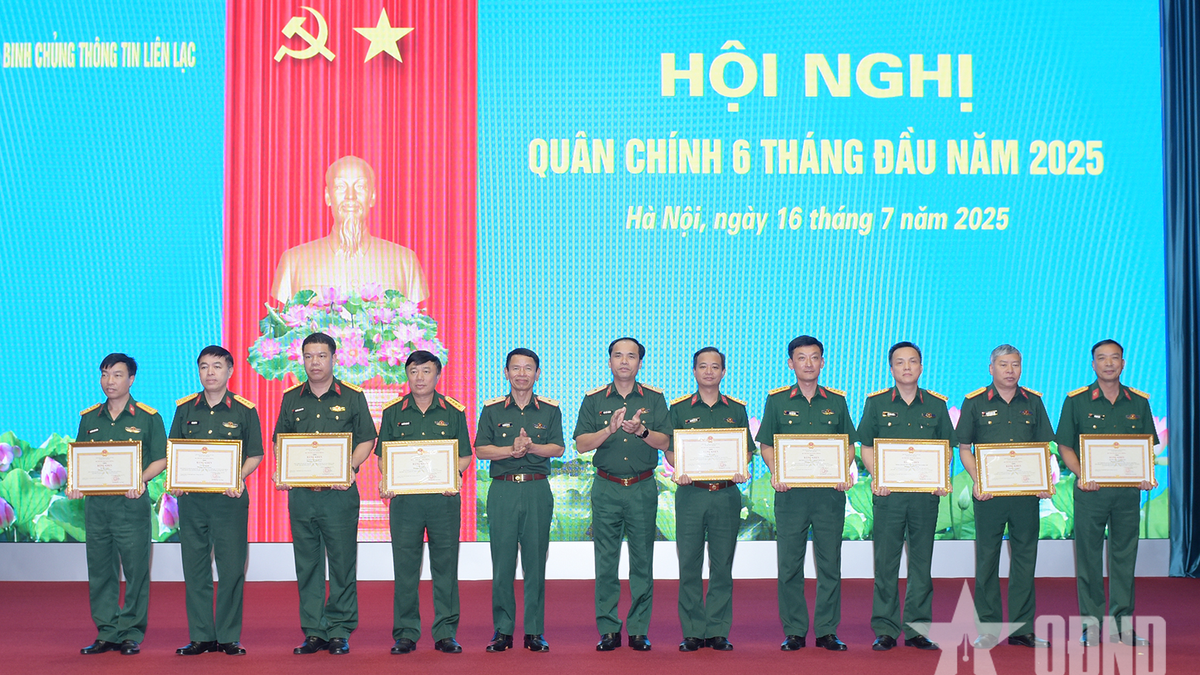



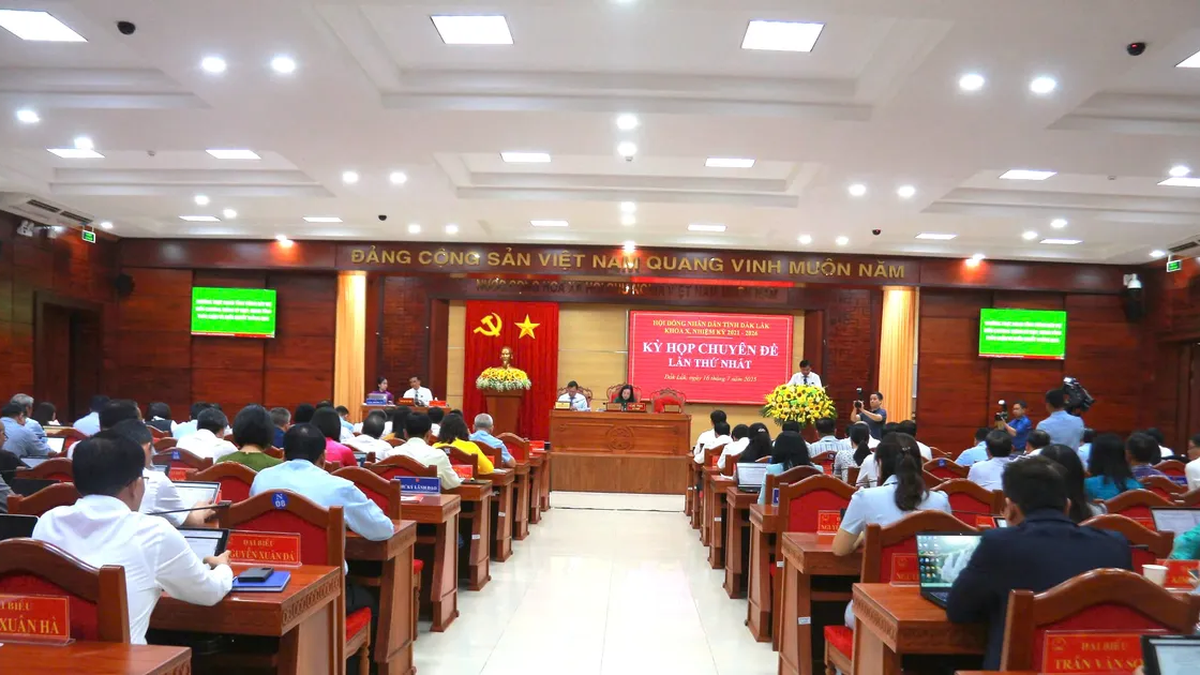
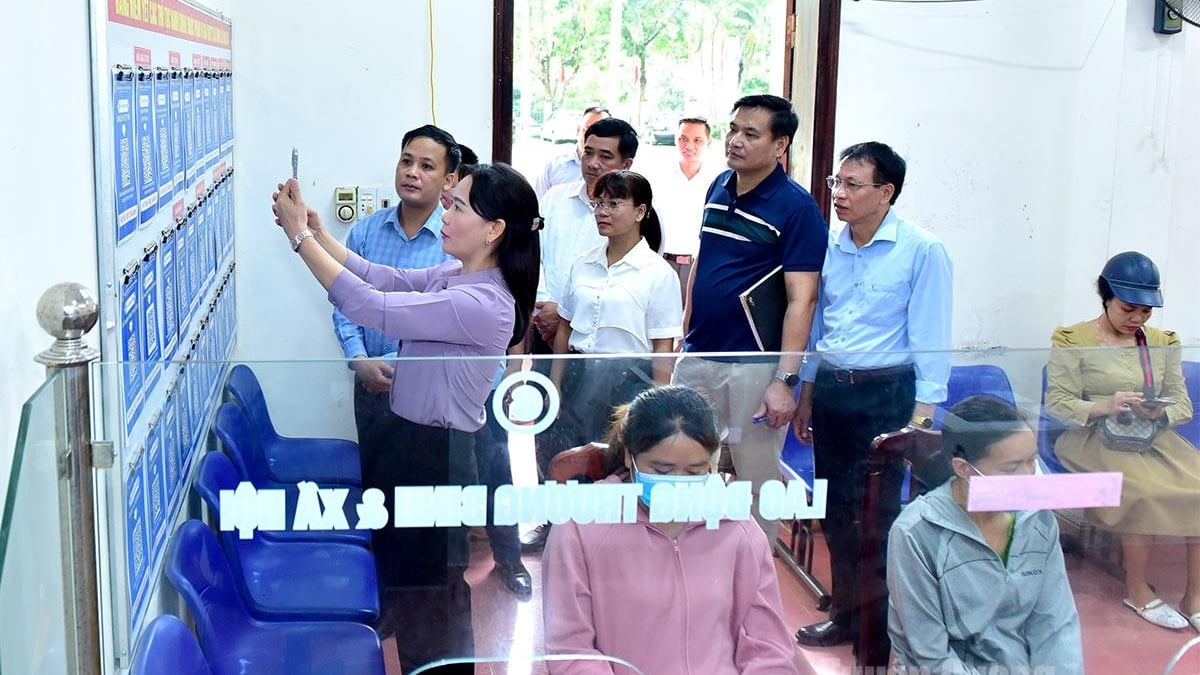
















































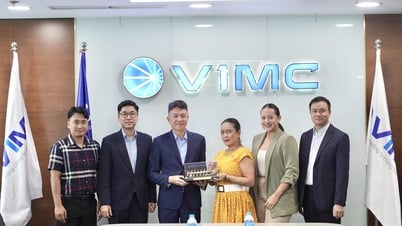




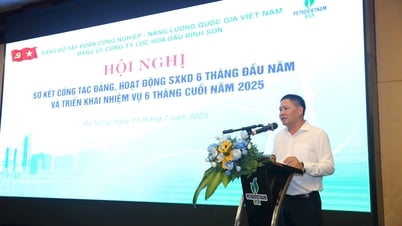

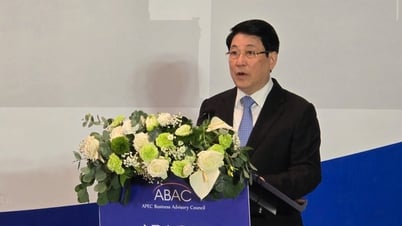






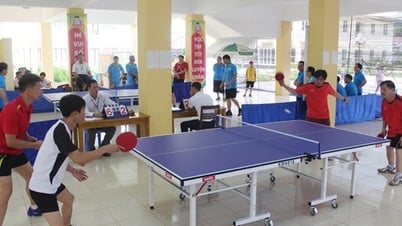




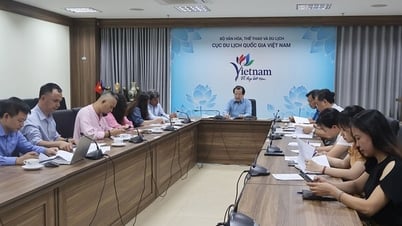

























Comment (0)